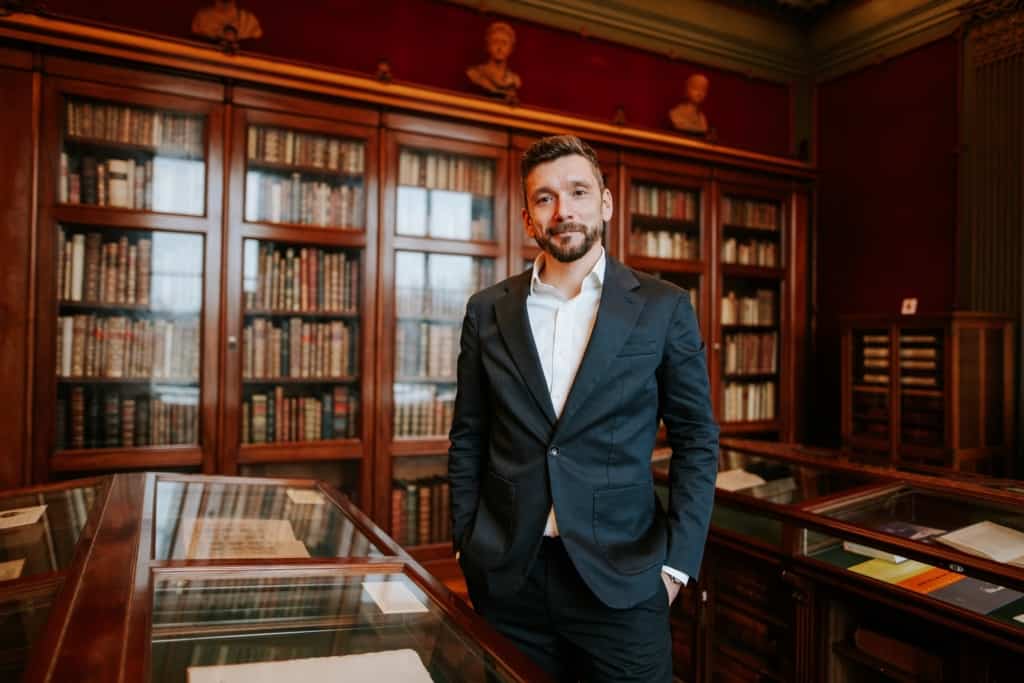 On March 1, 2024, Yoeri Meessen took over as director of House of the Book (The Hague, Netherlands). Yoeri Meessen (1981) has extensive experience in the cultural sector and has a national and international network. He worked at the Melly Art Institute (Rotterdam) and in recent years at Museum Boijmans Van Beuningen (Rotterdam). At Boijmans, as head of education & public guidance, he was responsible for the successful education program for Depot Boijmans, the museum’s recently opened collection building. He was also the driving force behind the new Boijmans location in South Rotterdam, a place where learning, talent development and collaboration are central.
On March 1, 2024, Yoeri Meessen took over as director of House of the Book (The Hague, Netherlands). Yoeri Meessen (1981) has extensive experience in the cultural sector and has a national and international network. He worked at the Melly Art Institute (Rotterdam) and in recent years at Museum Boijmans Van Beuningen (Rotterdam). At Boijmans, as head of education & public guidance, he was responsible for the successful education program for Depot Boijmans, the museum’s recently opened collection building. He was also the driving force behind the new Boijmans location in South Rotterdam, a place where learning, talent development and collaboration are central.
Yoeri Meessen: ‘I look forward to leading the world’s oldest book museum. The exceptional collection, current programming and the extraordinary writing and printing workshop of the House of the Book are fantastic pillars. For me, museums are not only places of heritage and history but also meeting places where people go to learn together: about themselves, about someone else or about the future. In the coming years, I therefore hope to continue building a House that pays attention to books as vectors of culture in our changing world. But also a place where everyone from a metropolis like The Hague feels at home and can meet each other.’
The Huis van het boek (formerly Meermanno Museum) was one of the very first museums in Europe to be dedicated specifically to printing heritage. It was born of a collector’s desire to share his collection and to assure its continued existence and was the brainchild of the Baron Willem Van Westreenen de Tiellandt (1783-1848) a rich bibliophile who, having no heirs, bequeathed his collection of 15,000 rare books to the Dutch State on condition that it be used to found a public museum to be installed in his mansion house which he also left to the State. It was the first time that a museum had been dedicated exclusively to exhibiting books in their own right rather than as a means of illustrating other subjects, the aim being to show how the book had evolved over the centuries, how it was designed, illustrated, printed and bound, and how the book and Gutenberg’s revolutionary printing process had contributed to the advancement of Western civilization. In line with the nature of its collections, the Museum Meermanno was international and not a museum of Dutch printing or simply of the of the Dutch book, the historiography of which would not be seriously undertaken until the closing decades of the twentieth century.